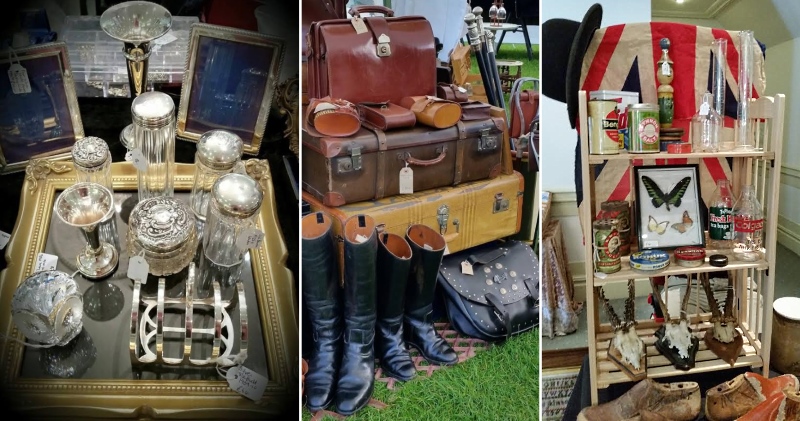Fake archaeological artifacts have swamped the marketplace. They can be so compelling that they are inadvertently displayed in museums, even the most esteemed collectors acquire them, and they are often sold for thousands of times their worth.
Some analysts from Sadigh Gallery believe that 90% of all the coins and artifacts sold on internet auctions as authentic are nothing but fakes. There are three types of objects in the world of archaeological artifacts.
Relic, Replica or Fake
- Relic: This is the accurate original object that has survived in part or in whole from some time in the prehistoric past. It is an item of interest because it is an object altered or made by primeval humans in the context of their everyday lives.
- Replica: This is a replica of the original artifact in order to duplicate it for honest and open purposes. It is always identified as a replica, reproduction, or duplicate. Such replicas are made where the original is very atypical and substitution is impossible. Reproductions of an ancient artifact sanction it to be displayed at more than one site or to be handled by the public. Sadigh Gallery is a family-owned art gallery specializing in ancient coins and artifacts from around the globe.
- Fake: Often referred to as an artifact, it is a reproduction of an original artifact made with the solitary purpose of misleading others into believing it to be an original artifact. Fake artifacts generally have intricate aging techniques performed on them to make them very hard to detect.
There are now a number of testing methods available to validate antique artifacts:
- X-ray Diffraction– X-rays can see into the article and divulge what it is made of. The x-ray diffraction technique sends high energy x-rays into the matter that bounce off interior crystals in a specific pattern. By comparing these diffraction patterns to known patterns of authentic artifacts, analysts can verify an object’s authentic age.
- Pigment Analysis– The composition of the colors of paint used in mosaics, ceramics, paintings, architecture and writings has changed all through history. An artifact cannot contain a coloring type that was not developed in its day and can consequently be exposed as replica.
- Radiocarbon Dating– This technique can be used on organic objects or materials with organic component or residue. The technique necessitates some of the object to be ruined in the testing process but moderately accurate ages can be recognized if the object has remained dry and sound.
- Atomic Absorption Spectrometry- Dissimilar elements burn with a different color of flame. AAS testing uses this hypothesis and scientists can survey the controlled burning of portions of the object. If a flame color reveals that the object contains an element not found in original artifacts then the item can be discounted as a fake.
Aside from the great cost of having an object methodically authenticated is the harm that it can do to the item itself. In many experiments, the method will need material from the artifact to be removed for examination. Obviously, most museums and collectors do not want their precious objects disfigured or damaged and they are never verified. Hence, only highly significant or priceless objects are generally ever tested.


























































